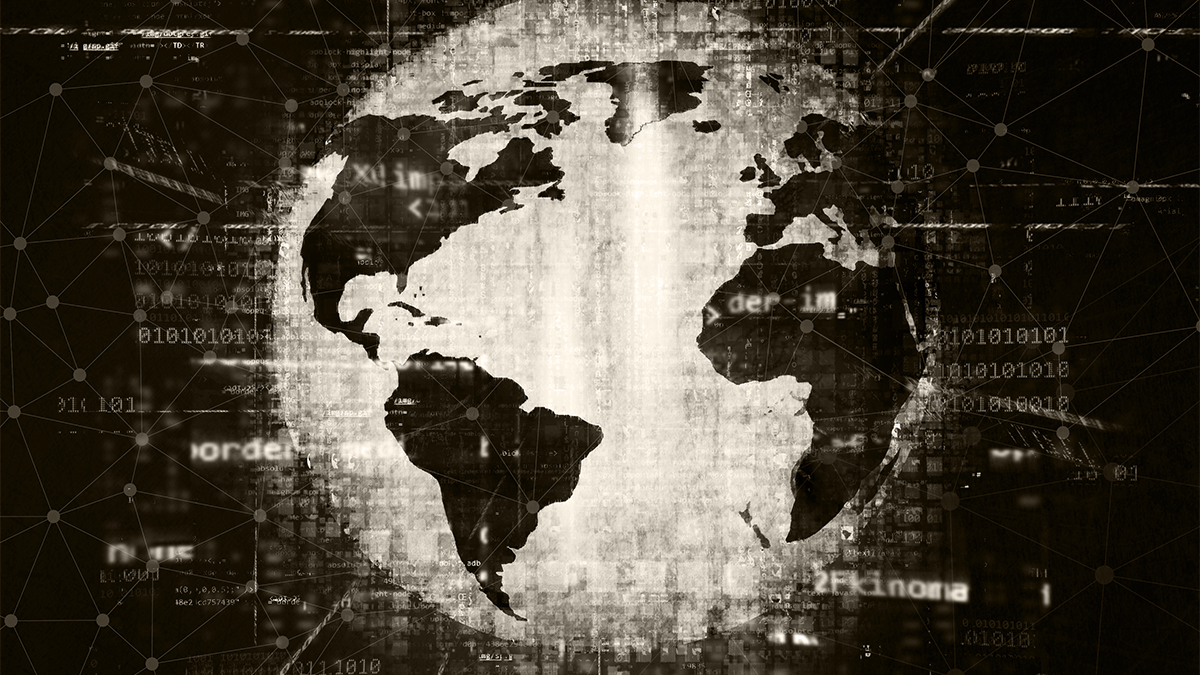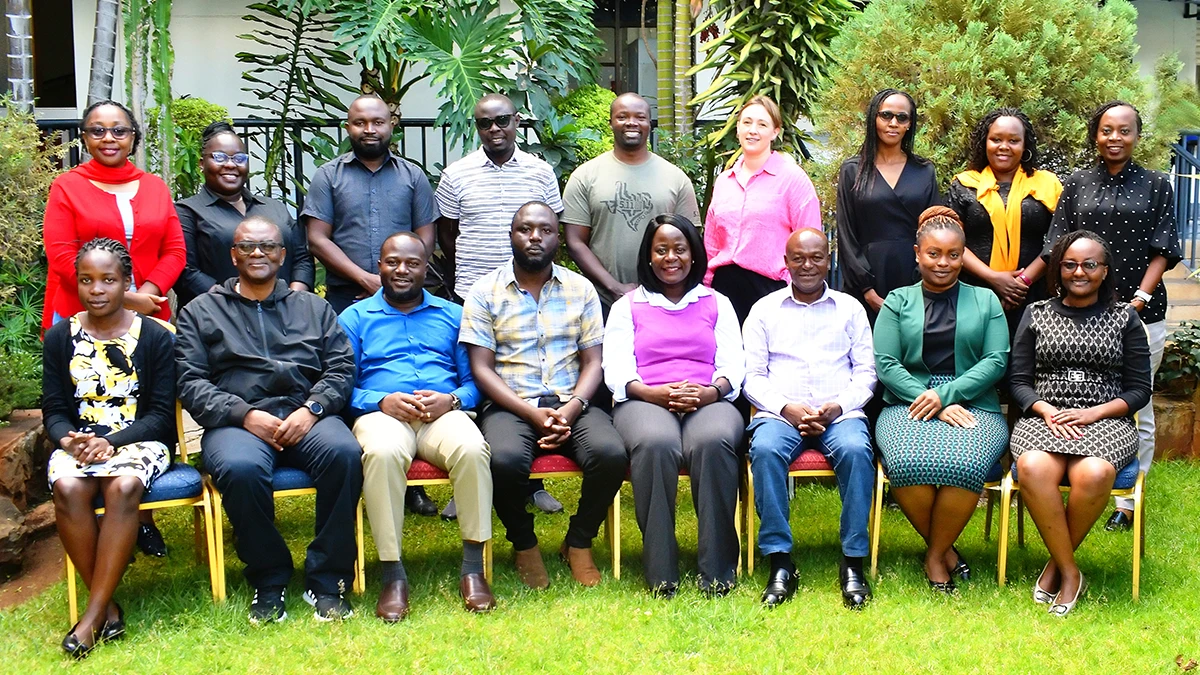
In today’s digital age, where information is an asset, the practice of cybersecurity is not just an option; it’s an imperative. The relentless evolution of technology has brought convenience, but it has also ushered in an era of digital threats that can disrupt critical systems and compromise sensitive information. Dr. Bright Mawudor, an expert in the field, recently emphasized the gravity of the situation during a training session for Britam Directors. He highlighted that there are a staggering 3,000 claims of hacking every day, making it abundantly clear that cybersecurity is a pressing concern that demands attention.
The Changing Face of Cyber Threats
Cyber threats have evolved from isolated attacks by individuals to complex operations orchestrated by ecosystems of skilled hackers. These hackers often target organizations that collect and store vast amounts of data, including personal identifiable information such as identification numbers, mobile numbers, and email addresses. Once in the wrong hands, this data can be exploited for criminal activities or identity theft. Dr. Mawudor stressed that organizations must now contend with both external and internal threats, as some insiders may collude with external hackers to breach systems.
Beyond Firewalls: Embracing Cyber Resilience
The realm of cybersecurity extends beyond the conventional approach of erecting firewalls and assembling teams of tech experts to counteract attacks. It now hinges on a concept known as cyber resilience, which pertains to an organization’s ability to recover from cyber-attacks swiftly. The key to achieving cyber resilience lies in aligning and integrating cybersecurity with overall business strategy, processes, and initiatives.
How can Organizations Embrace Cyber Resilience?
Mindset Shift
Organizations need to transition from designing systems solely aimed at preventing attacks to systems built for rapid recovery. Instead of trying to thwart every possible attack, the focus should be on protection, detection, and response throughout different phases of an attack. Dr. Mawudor emphasized the importance of adopting a mindset geared towards quick recovery, given that cyberattacks are an ongoing reality.
Leveraging Cloud Technologies
Cloud technologies offer the advantage of rapid data retrieval, ensuring that businesses can continue to operate seamlessly even after data loss. Cloud solutions also accelerate innovation in security and productivity. Dr. Mawudor posed a thought-provoking question: “If you lost your laptop today, would you be able to work within the next five minutes?” His answer underscored the efficacy of cloud solutions as the quickest path to business continuity.
Maintaining Cyber Hygiene
Cyber hygiene involves continuously identifying and mitigating well-known risks to reduce overall security threats. The success of cyber resilience can be measured by evaluating the cost of attacks and the Mean Time to Remediation (MTR).
Identifying Common Hacking Techniques
Business Email Compromise (BEC) attacks stand out as one of the most prevalent threats to organizations. In these attacks, hackers conduct thorough research on their targets and impersonate the victim’s CEO or executives. They craft urgent messages to induce recipients to click on malicious links or download compromised files, thus breaching the organization’s network.
To prevent BEC attacks, employees should be vigilant for email subject lines with keywords like “urgent,” “request,” “important,” “payment,” or “attention.” These emails often contain grammatical errors, confidential markings, unexpected changes in banking details, unnecessary urgency, and slightly altered email addresses. Dr. Mawudor stressed the importance of creating awareness and conducting staff training to mitigate BEC attacks effectively.
As the session concluded, attendees left with a deeper understanding of cybersecurity’s significance and actionable insights on safeguarding their data. The discussions also underscored the need for organizations to invest in ethical hackers, enhance transparency, and raise awareness among staff to protect against cyber threats effectively. In an increasingly digital world, the pursuit of cybersecurity and resilience is not merely a response to threats; it’s a proactive commitment to safeguarding critical systems and sensitive information in the digital age.
Article by Vanessa Saronge
Share This Story, Choose Your Platform!
Your journey to business excellence starts here. Subscribe today and be at the forefront of innovation and leadership.








